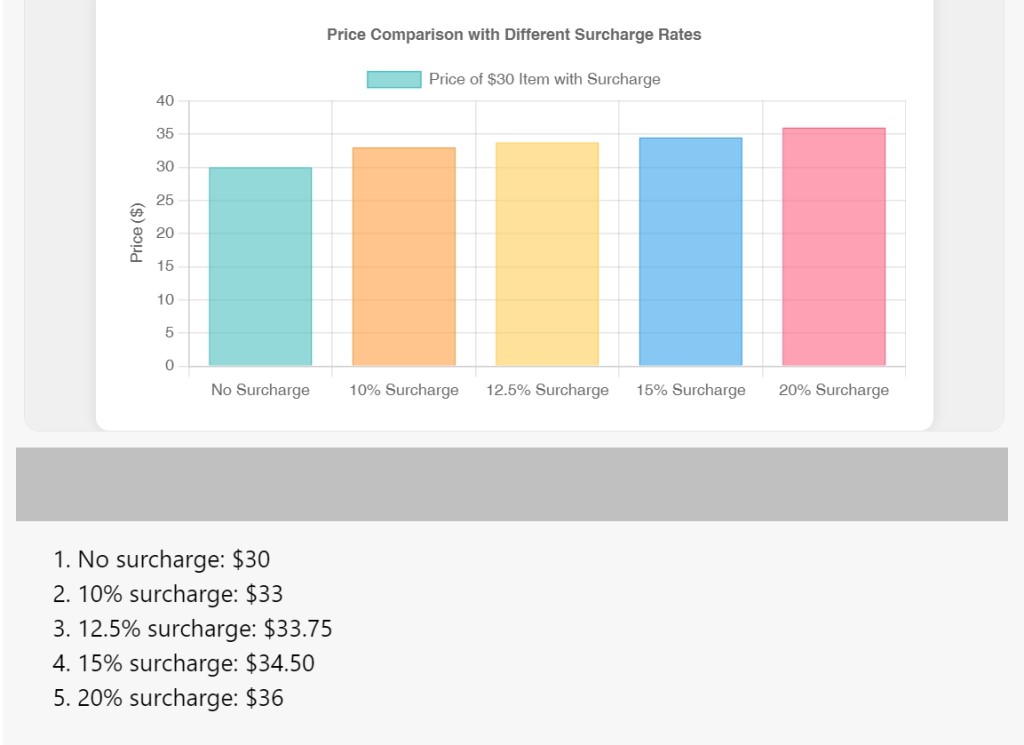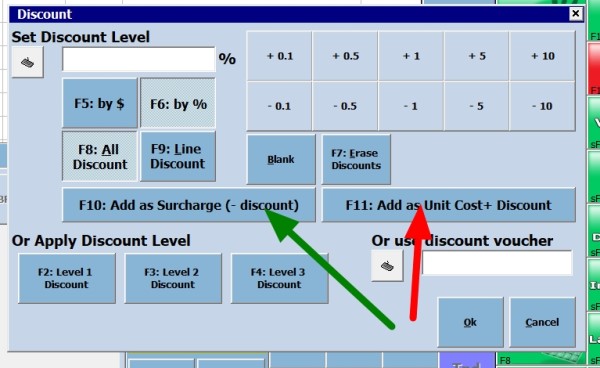
Retail surcharging on public holidays sparks much debate. It's not for every business, but let's explore this complex issue.
What is a Public holiday surcharge?
A public holiday surcharge (retail surcharging) is an extra fee added to a customer's purchase to cover increased costs on the public holiday. It's gained more attention lately, especially on public holidays, with the astronomical growth of salaries.
Although it is commonly seen as an issue in hospitality and service industries, it does come into other sectors. For example, I recall a heated debate when newspaper companies introduced Sunday papers. Many newsagents argued that newspapers should have a consistent price daily, viewing them as products, and doubted customers would pay more because it was Sunday. Despite this pushback, the newspaper companies implemented a higher Sunday price. This higher cost is part of the reason Sunday newspapers sell less.
The Rationale Behind Public Holiday Surcharges
Cost of Labour
Businesses face significantly higher labour costs on public holidays. Today, the average hourly rate for a shop assistant in Australia is $30.38. You could look at 250% of the base rate for full-time and part-time employees at public holiday rates. Using this average hourly rate of $30.38, you can estimate that $30.38 x 250% = $75.95 an hour on public holidays.
It's a lot of money that can quickly eat into your profitability. This is why many shops close on public holidays. Many of my clients work themselves on those days; otherwise, it's not worth it to open.
The Balancing Act
Implementing a surcharge is about more than covering costs. It's about finding a delicate balance between:
-
Staying open to serve customers
-
Covering increased operational expenses
-
Maintaining profitability
-
Not upsetting customers
The Nuts and Bolts of Surcharging
Surcharge Rates: Finding the Sweet Spot
In my experience, most businesses charging surcharges use 10% to 15%. If you levy 10%, you might as well go to 12.5%. If you will make it 15%, I suggest considering 17.5%.
Although I have seen it, I think 20% to 25% is too high for most customers.
Retail surcharge laws
I am unaware of any legal limit on surcharge percentages in Australia. However, businesses must display the surcharge, e.g., at the point of sale, as they must disclose prices, including surcharges.

Besides, it's critical to maintaining customer trust.
Industry Variations: Who's Surcharging and Who's Not
Where You'll See Surcharges
Surcharges are most common in the hospitality sector. Restaurants and cafes often lead the charge due to high labour costs and the expectation of being open on holidays.
Where You Won't See it.
You're unlikely to see surcharges in many other sectors, including:
-
Essential services
-
Public transportation
-
Online services
-
Banks
-
Government services
The Customer Perspective: What's the Verdict?
In my interactions with my clients, they have reported to the public a range of reactions to surcharges:
-
Some flatly refuse to pay it.
-
Many accept the necessity, especially if the surcharge is reasonable.
The Role of Technology: How POS Systems Can Help
As someone now in the POS software business, I can't stress enough how important the right technology is in managing surcharges effectively. Our POS System has a function that allows you to charge the surcharge.
In the cash register

You can make the surcharge here as a percentage or amount; it is your call.
As it automatically calculates, it reduces the chance of human error, so you can change any figure you like, e.g., 12.5%, which is hard to do manually. More about 12.5% later.
-
Display surcharges on receipts and customer-facing screens
-
Provide reports on surcharge revenue to help with decision-making
-
Offer flexible options for implementing different surcharge strategies so you can do what we call an A/B strategy, say, charge 10% this public holiday and 15% on the next and then compare the results.
Note:
-If you have a customer who objects too much to the surcharge, you can choose not to charge them for this transaction.
Clear Customer Display
Our POS systems with customer-facing displays will clearly show enhanced transparency.
Detailed Reporting
Our advanced reporting features can help businesses analyse the impact of surcharges on sales and customer behaviour.
Conclusion: Finding Your Balance
As retailers, we need to balance our operational costs with customer satisfaction. My advice? Whatever approach you choose:
-
Be transparent
-
Be fair
-
Always prioritise your customers' experience
FAQ
Q: Can businesses charge a public holiday surcharge?
A: In Australia, you can legally charge a public holiday surcharge.
Q: What is the average public holiday surcharge in Australia?
A: The most common range for public holiday surcharges is 10% to 15%
Q: What is the public holiday rate in retail Australia?
A: Public holiday penalty rates for retail employees are typically 225% to 250% of their base hourly rate.
Q: Can you charge a weekend surcharge?
A: Yes, you charge weekend surcharges.
Q: Why do businesses implement surcharges?
A: Generally, businesses implement surcharges to offset increased costs, notably higher labour costs due to penalty rates on public holidays and weekends.
Q: Consumer rights regarding surcharges?
A: Consumers have the right to be informed about surcharges before purchasing, so businesses must display surcharge information.
Q: Alternatives to surcharging for businesses:
A: Not many.
-
Absorbing the additional costs
-
Raising regular prices to account for occasional higher costs
-
Closing the shop
Note: I am not a lawyer, so you may consider getting proper legal advice before proceeding.


